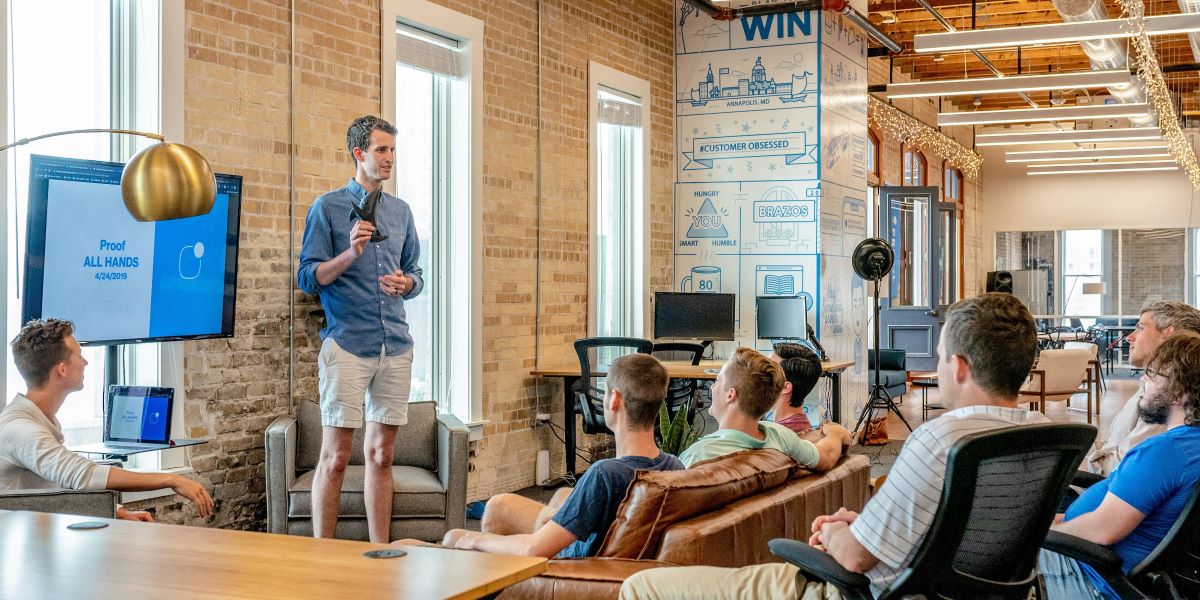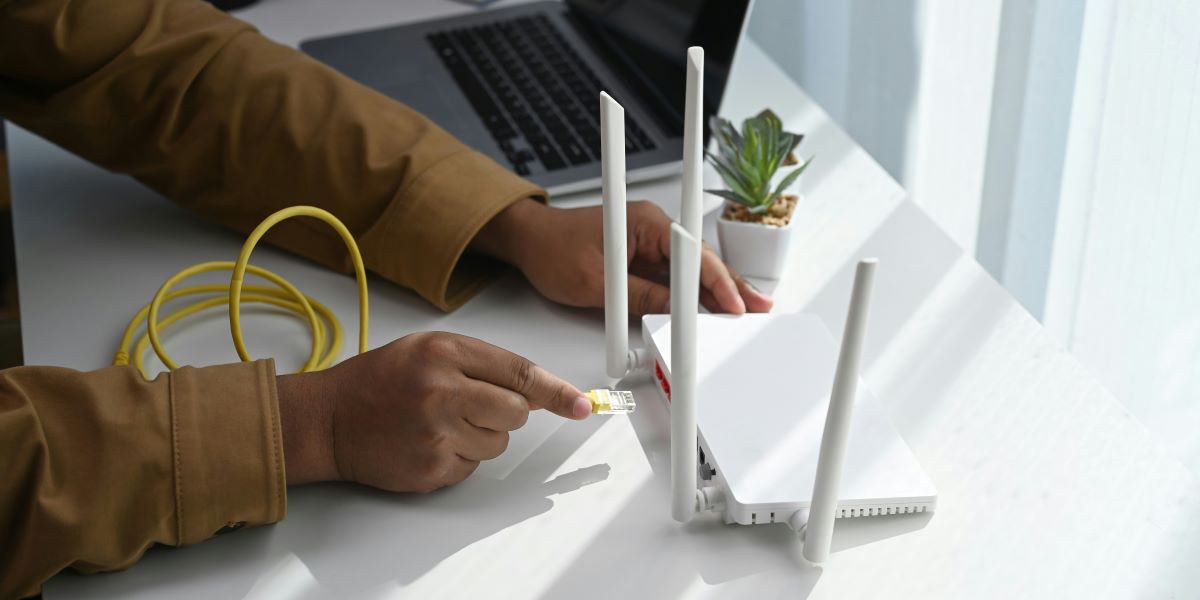In 2018, just 12% of companies had a mature factory of the future plan. And it showed. When the COVID-19 pandemic hit, manufacturing suffered a wide variety of disruptions. Supply chains got shuttered, delays interrupted production across the board, increasing costs have driven widespread inflation, and an atmosphere of anxiety about the future permeates every meeting room. Despite the chaotic world surrounding them, manufacturers are under constant pressure to fill orders quickly, optimize quality and efficiency simultaneously, and improve working standards while reducing costs and increasing production complexity. The current model is insufficient for meeting all these needs given the world manufacturers live in today.
What does the factory of the future look like? Such an invention will need adaptable technology and equipment, items that can be easily moved and reconfigured to accommodate new products and changes. AI-powered product demand simulations will assist businesses in determining how to scale production to optimize efficiency and agility together. With new technology comes new workforce demands; a versatile workforce is required to interpret data and work in virtualized or augmented reality environments. Industrial Internet of Things (IIoT) can connect devices and processes in a massive data sharing network. Sensors can track the manufacturing process, identify potential improvements, and watch for faulty equipment in real time. Cloud software can foster connections across physical and organizational barriers, simplifying live team interactions and complex data at the same time.
Equally important to improving the manufacturing process is improving its sustainability. Manufacturing alone represents 20% of global emissions; major changes to the sector would have a dramatic impact on the global trajectory towards warming. If just 5 areas of manufacturing improved, emissions would fall by an amount equal to the elimination of all transportation. From a business perspective, responsible waste management reduces the cost of doing business. Efforts to increase sustainability drive innovation while bolstering the company’s public image. Green processes can also ensure regulatory requirements are met preemptively; most businesses would prefer to set their own schedule instead of letting a government impose one on them.
Outside the factory doors, a factory of the future will require a new type of supply chain. As the COVID-19 pandemic revealed, issues on one side of the supply chain have a rapid ripple effect across the global economy. To avoid similar issues from arising in the future, companies should switch from single source suppliers to creating a value network. While single suppliers are available at a lower cost, value networks are more resilient and have more flexibility built into them. Future factories can also leverage advanced planning and scheduling (APS) to plan for potential disruptions and ensure their network is able to bounce back from challenges.
The future is now. Starting your transformation journey is long overdue. Here’s how to do it: look for disruption opportunities, determine your company’s maturity, plan and execute your strategy, and drive transformation success. Success relies on the integration of people, process, and technology. The neglect of one can cause all three to fail.










